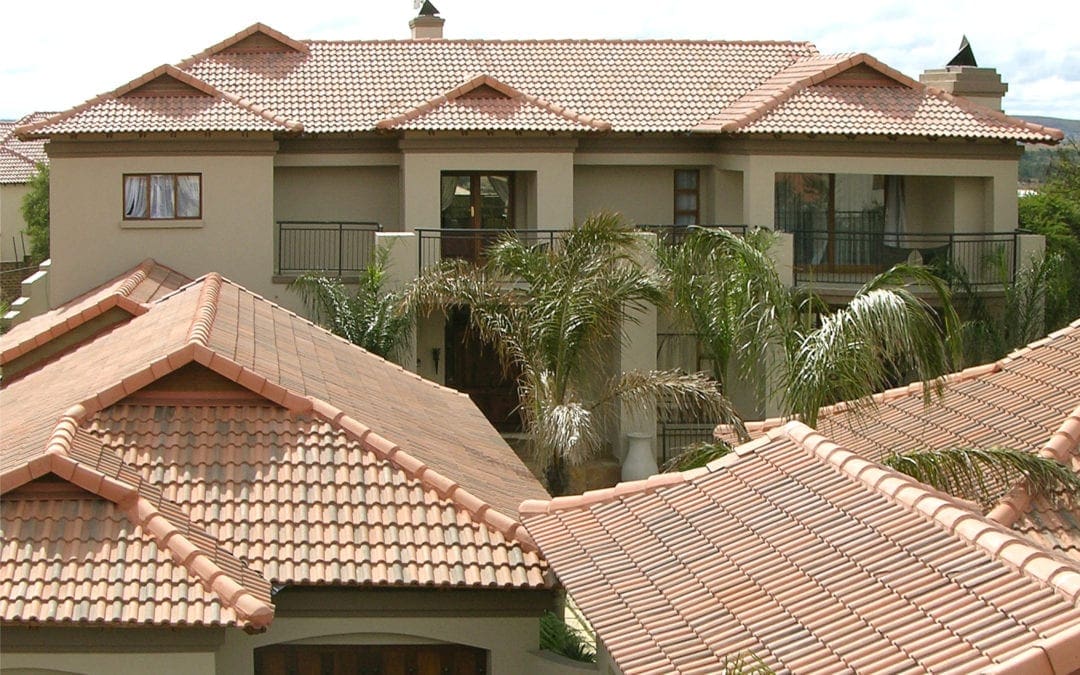A roof is made up of a system of products working together and it’s important to be clear on the terminology, especially since the parts of a roof can be referred to in different ways.

1. Eaves: The eaves of a roof is its lowest horizontal edge. The eaves may terminate flush with the outer face of the wall, in which case it is known as a ‘flush eaves’. It may also project out beyond the external wall, with a soffit below.
2. Verge: the edge of a roof which runs from eaves to ridge at a gable.
3. Gable: The upper part of a side wall (or flank wall), usually triangular in shape, that comes to a point at the ridge of a sloping roof.
4. Rafters: sometimes referred to as trusses, these inclined lengths of timber rise from the eaves at the bottom of the roof to the ridge apex at the top. Rafters or trusses support a pitched roof covering.
5. Ridge: The highest point of a pitched roof that receives the head of the spars (also called rafters or common rafters).
6.Ridge Tile: a purpose-designed tile that covers the ridge apex of a pitched roof.
7. Hipped roof: a term used to describe a pitched roof, the ends of which are also sloped and meet at an external angle.
8. Valley: an internal angle formed by the intersection of two roof surfaces, typically at 90°. The wood member at the intersection is called the valley rafter.
9.Abutment: a junction where a pitched roof surface adjoins a wall or similar structural feature This is commonly seen in roof and building extensions.

